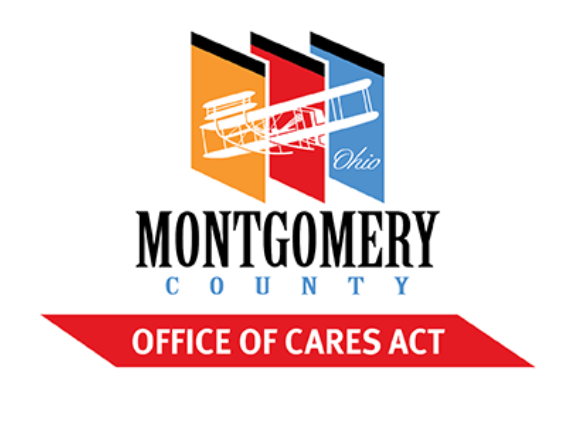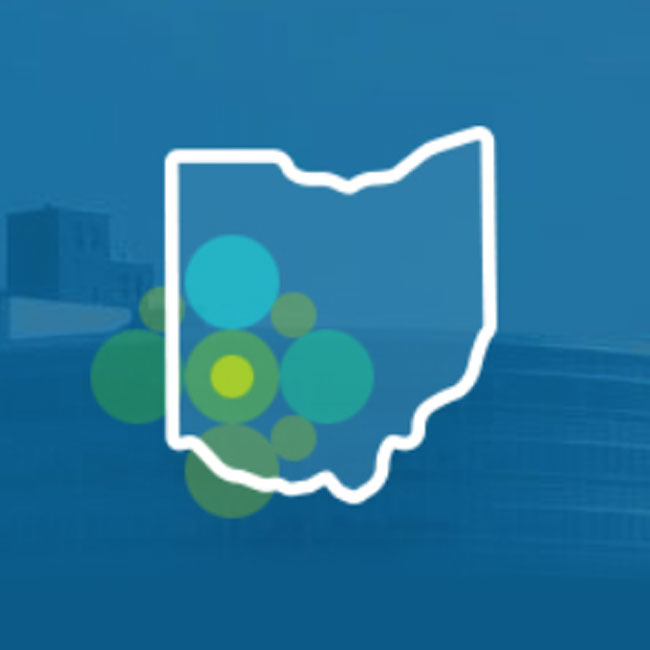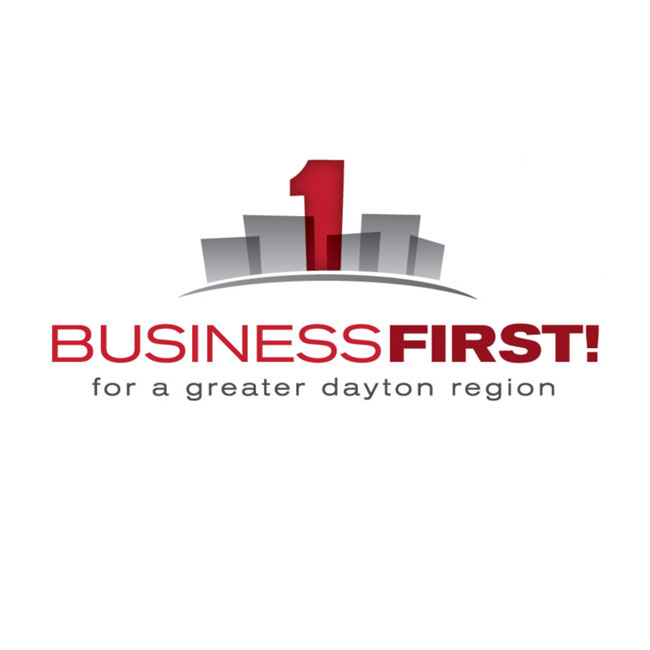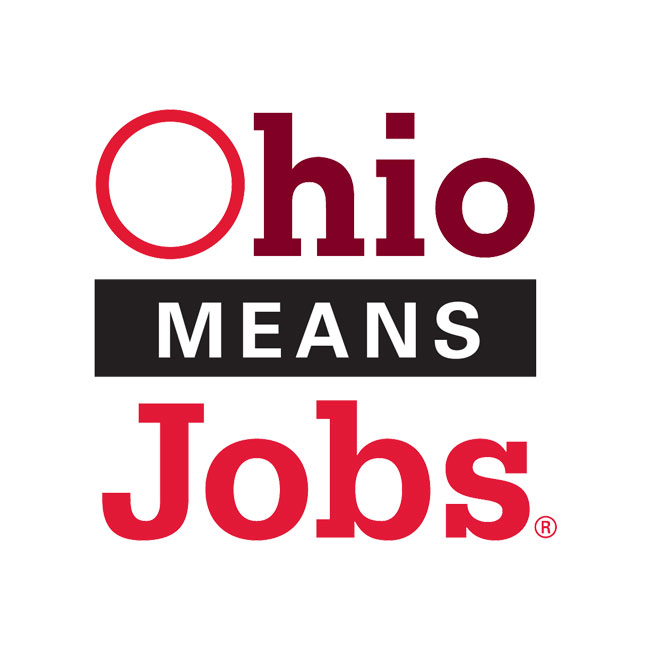Business Retention and Expansion Programs in Economic Development Strengthen Your Core for Growth
30 Sep 2020
by Gwen Eberly
This information was originally presented in a webinar course with the Ohio Economic Development Association.
For economic development specialists, planning managers and community outreach organizations, business retention and expansion (BRE) efforts are the base of your ongoing growth strategy. After all, your longstanding networks help pave the way for continued success.
The Ohio Economic Development Association recently hosted a crash course covering all things BRE. Led by myself and Greg Moon of Wyandot County Office of Economic Development, viewers are able to witness the BRE process and glean helpful tips for fostering relationships with local businesses — both large and small.
Below are five key takeaways for those jumping into their first BRE role.
Have A Plan
Before you start outreach to businesses within your network, prepare your gameplan to guide you through the process. Of the first essential steps, conducting research through your contact management system, conversations with fellow community partners and the internet will help you develop a targeted list of potential partners. The list can be based on largest employers, targeted industries or geographic locations depending on your stakeholder needs.
From there, coordinating and meeting with business prospects is made simple as your research gives you the tools to inform a productive conversation. You can also utilize the individuals on your team by honing in on their strengths and securing ways for team involvement throughout the process.
Be An Active Listener
With preparation complete, you’re ready to converse. Consider the following topics to help guide your scheduled discussions and identify key insights to inform your strategy:
-
Company background
-
Business climate
-
Labor and training needs
-
Community satisfaction
One important consideration to keep top of mind: if you don’t have a resource to connect them with, avoid the topic. Your role as an active listener is to find ways to contribute to their success — not ask questions outside of your area of expertise. If they ask something you aren’t prepared for, be sure to go back and use your resource partners to identify a solution.
Use Your Resources
As you partake in active listening during these initial conversations, come prepared with the list of local resources to leave behind or connect them to afterward. These resources can be within your referral network and cover areas such as financial services, foreign trade, marketing and sales and state government — just to name a few. Always be ready for a workforce question because it’s a common concern across industries.
Resource partners are your greatest tool for BRE meetings. Each visit with a local business should be focused on connecting their business to the resources that can help them to grow or solve a problem.
Place Relationships at the Forefront
Forming relationships beyond the initial conversation should be the overall objective when entering the meeting room (whether in person or virtually). Not only will this expand your network, but also poses the opportunity for growth for both your organization and partnering businesses. Plus, there may be a chance to connect businesses with each other if the situation presents itself.
One interesting statistic shared in our OEDA webinar states that 80% of new business comes from your existing clientele. Therefore, it can be said that continuous engagement is necessary as employment opportunities come from normal growth in companies already in your network. They need to know you are there as a resource when they start a new project.
Conduct Smart Follow-Ups
Similar to any important interview, a simple “thank you” can go a long way. And, with the right tools, this takes only minutes.
When constructing your follow-up, consider the following to inform your communication:
-
Include important information discussed and plans for future meetings.
-
Reiterate what data you received — and what information you still need.
-
Connect them with the resource partners discussed in your meeting, and be sure to close the loop so you know they received the information desired.
Once you’ve hit send, find ways to continuously engage with the business. Whether it’s through regular touchpoints, adding them to your CRM or including them in business appreciation events, you’ll continue to showcase yourself as a trusted partner to propel their business forward.
Relationships are at the core of our efforts with business retention and expansion. Without these networks, creating a community of connectedness, resource sharing and smart strategy becomes impossible.
More Topics

Pivoting Success: Dayton Region Manufacturers Association Hosts Virtual Manufacturing Day
Sep 30 2020









